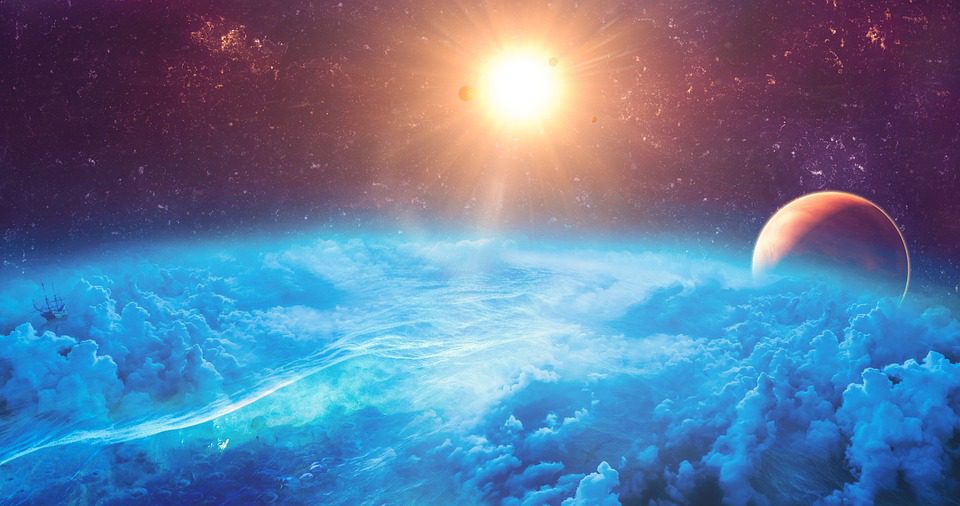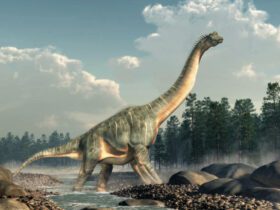The presence of methane in the atmosphere, if life is prevalent throughout the cosmos, could be the clearest observable indicator of life outside of Earth that scientists can discover. There are several situations that might be used to support the idea that the methane in the environment of rocky planetary bodies is the result of biological activities.
The James Webb Space Telescope, which is scheduled to start investigations later this year, might identify methane as one of the limited pieces of evidence of life that could be easily detected. Although oxygen is frequently cited as one of the finest biosignatures, JWST is unlikely to pick it up.
Non-biological methane generators are being examined to see whether they may help sustain a methane-rich environment. Volcanoes, tectonic subduction zones, hydrothermal vents, as well as comet and asteroid strikes are all examples of these.
The volatility of methane in the environment makes it an ideal biosignature. To sustain large amounts of methane in the atmosphere, it must be replaced on a regular basis. Non-biological mechanisms cannot readily build livable planet environments that are abundant both in methane and carbon dioxide yet have minimal to no carbon monoxide, according to scientists.
There has to be a global perspective when assessing biosignatures, according to the research. While methane, as well as carbon dioxide in the environment, may indicate that life exists, scientists found that particularly water-rich planets are unlikely to have methane in their atmospheres since methane is more plentiful and much more common than carbon monoxide on rocky planets.
Methane biosignature analysis is aided by the report’s consideration of a range of false alarms. Either you’ll receive a false positive because you mistook anything for a biosignature, or you’ll miss an actual biosignature entirely. In the future, researchers must look for and evaluate new non-biological methane generation pathways.
The study was published in the Proceedings of the National Academy of Sciences.
DOI: 10.1073/pnas.2117933119














Leave a Reply